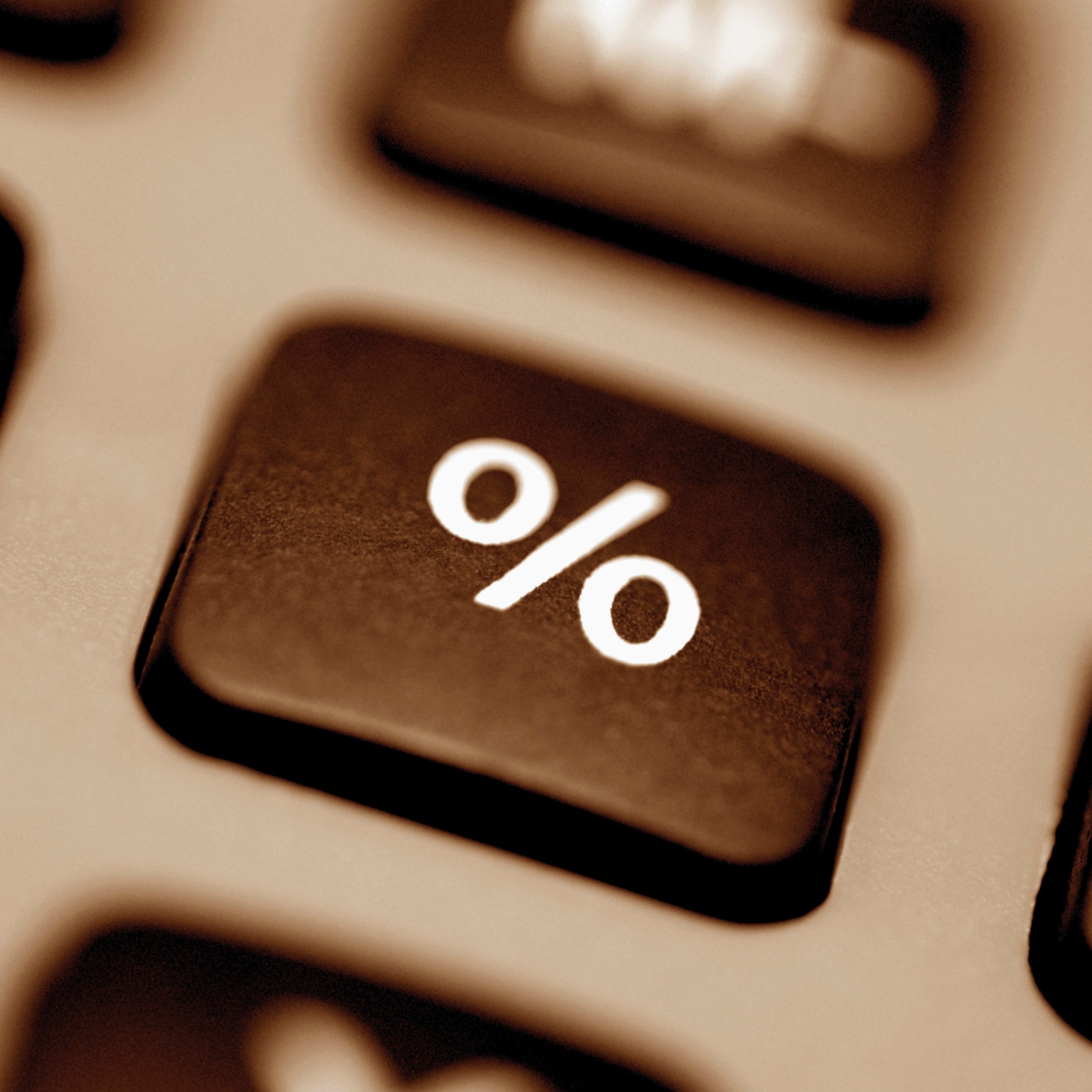Economy
Why the Market Is Not Expecting That Elusive Fed Funds Rate Hike in September -- Not at All

Published:
Last Updated:

September’s meeting of the Federal Reserve’s Federal Open Market Committee (FOMC) is upon us. This is a key meeting because many of the regional Federal Reserve branch presidents and Fed Chair Janet Yellen have been jawboning about the need to raise interest rates. Some have even suggested that September would be a “live meeting,” meaning that a decision to hike rates was going to be a much deeper discussion.
Tuesday’s start time is 10:00 a.m. Eastern Time, but this was a two-day meeting. The formal decision on interest rates will be announced at 2:00 p.m. Eastern Time on Wednesday. It turns out the one barometer directly used to track federal funds rate hikes has almost zero chance of a rate hike in September. That means it would spell disaster for the markets to be caught this far off expectations if a rate hike was announced.
What investors, economists and the public should get used to is a firmer tone from the Fed. If no rate hike is made, then Fed members are expected to have a much firmer tone from now through year-end, when a rate hike finally may hit. There is of course the November election wildcard.
After the September 20–21 meeting, the next meeting is not until November 1–2. That is so close to the election that most economists think if the September hike does not come that they will wait until the December 13–14 FOMC meeting.
Federal funds futures were last seen at 99.59 for September, which implies 0.41% in fed funds, which is within the current targeted 0.25% to 0.50% range today.
Fed funds futures expire each month, and there is no FOMC meeting in October. The last price of 99.57 still implies a funds rate of 0.43%. and the November price of 99.55 still implies a funds rate of 0.45%.
It is not until November that the fed funds futures are priced under 99.50, at 99.495, with an implied funds rate of 0.505%.
The real question is what comes next after the coming rate hike. It is assumed that the next fed funds hike will be a range-hike rather than a fixed-rate hike like the old days. That would put the fed funds rate in a range of 0.50% to 0.75%.
The next month for fed funds futures to price in a certainty of rates rising to at least 0.75% is a fight between March and April — but of 2018 rather than 2017.
Additional data that may thwart the FOMC from sounding too aggressive is as follows:
Fannie Mae recently kept its outlook for GDP to accelerate in 2016, but it is 100% dependent on the consumer maintaining vigilance.
Inflation remains elusive, except for the core reading being propped up by health care and housing rents.
Inflation remains tame at the producer level for wholesale prices.
Both retail sales and industrial production conflict with a Fed hike.
Small business optimism is down and CEO optimism remains cautious.
Even recession risks are on the rise.
Credit card companies are at war, handing out free rewards and benefits to win the best customers. A good cash back card can be worth thousands of dollars a year in free money, not to mention other perks like travel, insurance, and access to fancy lounges. See our top picks for the best credit cards today. You won’t want to miss some of these offers.
Flywheel Publishing has partnered with CardRatings for our coverage of credit card products. Flywheel Publishing and CardRatings may receive a commission from card issuers.
Thank you for reading! Have some feedback for us?
Contact the 24/7 Wall St. editorial team.